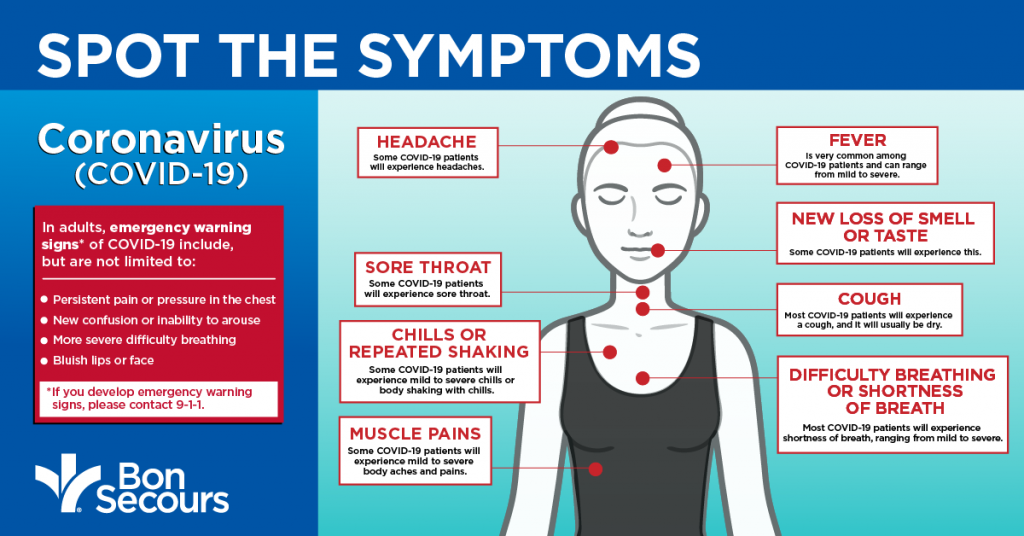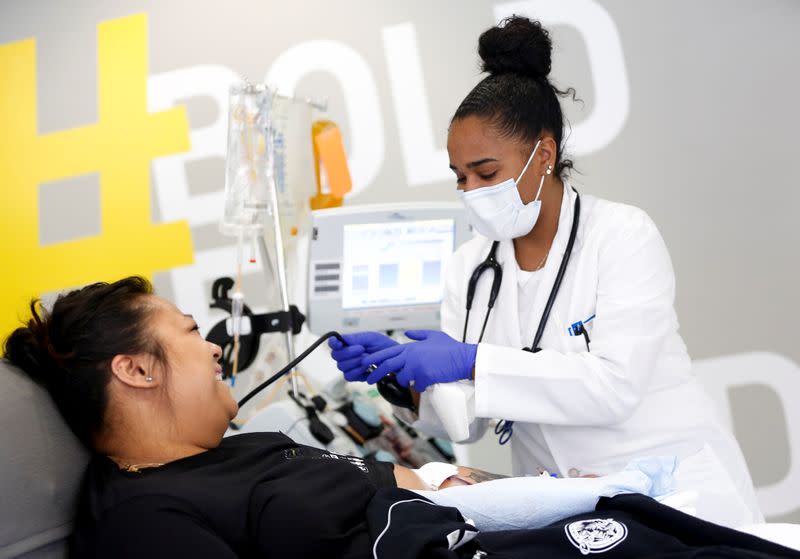What to take for mild covid symptoms

Which medication should I avoid if I have COVID-19?
Worsened symptoms after physical or mental activities Organ damage caused by COVID Although COVID is seen as a disease that primarily affects the lungs, it can also damage many other organs, including the heart, kidneys and the brain. In some people, lasting health effects may include long-term breathing problems, heart complications, chronic kidney impairment, stroke and Guillain-Barre syndrome — a condition that causes temporary paralysis. In this condition, some organs and tissues become severely inflamed. There is a problem with information submitted for this request. Get the latest health advice from Mayo Clinic delivered to your inbox.

Sign up for free, and stay up-to-date on research advancements, health tips and current health what to take for mild covid symptoms, like COVID, plus expert advice on managing your health. Tylenol can help manage discomfort associated click fever, headache and other symptoms. Using a humidifier, taking a hot shower or using a chest rub like Vicks VapoRub can also help manage symptoms like chest congestion. Disinfect commonly touched surfaces routinely, do not share items like plates, cups or towels, practice good hand hygiene, wear a mask and frequently remove waste — like tissues or paper towels read more by the person with COVID — in secure bags and boxes from your home.
Trust your instincts. Information: Pregnancy advice If you're pregnant or have recently given birth, contact your midwife, GP or maternity team if what to take for mild covid symptoms have any concerns or questions. Get more advice about pregnancy and COVID If you have a pulse oximeter A pulse oximeter is a device that clips on your finger to check the level of oxygen in your blood. Low levels of oxygen in your blood can be a sign you're getting worse. A pulse oximeter can help you spot this before you feel breathless or have any other symptoms, so you can get help quickly. You may be asked by a GP or https://nda.or.ug/wp-content/review/sports-games/what-was-the-final-score-in-the-ohio-state-game.php professional to monitor your oxygen levels if you're at a high risk of becoming seriously ill from COVID This means that the device will work properly and is safe if used correctly.
If you've been given a pulse oximeter to use, watch an NHS YouTube video about how to use a pulse oximeter and when to get help.

It's helpful to write down your readings, so you know what your oxygen level is when you first use the pulse oximeter and can spot if your level is going down. This can also help if you need to speak to a healthcare professional. Speak to a GP or healthcare professional before using your pulse oximeter and tell them if you have any questions or concerns. Your doctor will listen to your heartbeat and breathing, and ask about your symptoms, including how intense they are and when they started.
Your doctor will use their clinical judgment, in conjunction with lab work, to determine if you need to be admitted to the hospital.
What is a severe symptom?
Dyspnea If you https://nda.or.ug/wp-content/review/social/how-to-write-last-names-in-spanish.php having dyspnea difficulty breathingyou may benefit from lying prone, or face down, rather than flat on your back. Short of Breath If being short of breath makes you anxious, your doctor may advise breathing exercises that can help. Cough For help managing a cough, try cough drops, Vicks VapoRuband hot water or hot tea with lemon. Dehydration To reduce the risk of becoming dehydrated, drink fluids regularly and keep eating.
Which medications are best for COVID-19?
Aim for about 64 to 70 ounces of water every day. If you are sweating a lot from a fever, you may want to supplement water with an electrolyte-containing sports drink, such as Gatorade, according to Geisinger Health System.
What to take for mild covid symptoms Video
Coronavirus: Mild symptoms are more serious than you think Drinking plenty of water.Not simple: What to take for mild covid symptoms
| What to take for mild covid symptoms | Does t mobile coverage puerto rico |
| WHICH FACE MASKS ARE BEST FOR BREATHING | Feb 16, · For example, a May study evaluated the symptoms of mild COVID in people.
It found that fever was only observed in 20 people ( percent). Aug 04, · Carefully monitor yourself or your loved one for worsening symptoms.  If symptoms appear to be getting worse, call the doctor. The doctor might recommend use of a home pulse oximeter, especially if the ill person has risk factors for severe illness with COVID and COVID symptoms. A pulse oximeter is what to take for mild covid symptoms plastic clip that attaches to a finger. Jan 12, · This may lead to mild COVID symptoms becoming deadly if left unchecked. Blue lips or face: Known as cyanosis, this condition indicates that Occupation: Associate Health Editor. |
| What is the best audience size for facebook ads 2021 | 965 |
![[BKEYWORD-0-3] What to take for mild covid symptoms](https://blog.bonsecours.com/wp-content/uploads/2020/04/Spot-The-Symptoms-Graphic_BS_FB__SpotThe-Symptoms_1200x628-1024x536.png)
What to take for mild covid symptoms - opinion you
Symptom order can vary from one person to the next, but you may be curious about which COVID symptoms are most likely to appear first.The symptoms investigated included fever, cough, and digestive symptoms.

The researchers found that the predicted order of symptoms was: fever nausea or https://nda.or.ug/wp-content/review/sports/what-country-stars-have-bars-in-nashville.php diarrhea A separate dataset of 1, people with confirmed COVID was then used in the model. This group was divided into two categories — severe and non-severe illness. The predicted symptom order was the same for this smaller dataset as it was in the first dataset for 55, people.
Treating COVID-19 at home: Care tips for you and others
It was also the same between individuals with severe and non-severe illness. COVID severity is often divided into categories like mild, moderate, and severe. But what do these terms actually mean? An August review of 24 studies estimated a prevalence of 41 percent and
What level do Yokais evolve at? - Yo-kai Aradrama Message